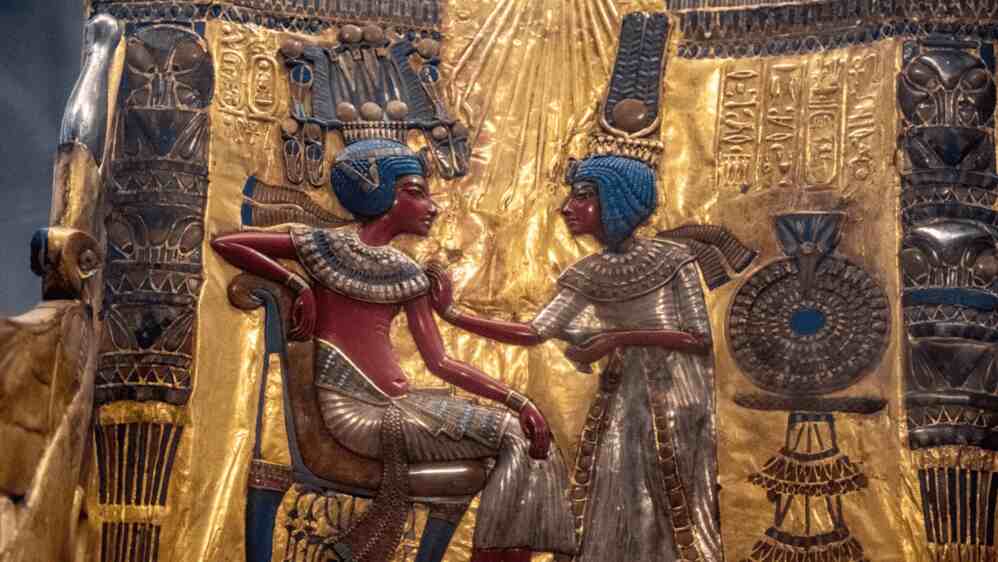Every swipe of lipstick, every flick of eyeliner or, brushstroke of foundation carries echoes of an ancient story. The quest for beauty—enhanced, celebrated, or redefined—began long before the beauty counters and influencers of today. Across cultures and centuries, makeup has left its mark, shaping identities and reflecting societal values.
But who deserves credit for this transformative art? From Cleopatra’s dramatic kohl-lined eyes to the intricate face paints of Indigenous ceremonies, makeup’s origin is steeped in mystery, creativity, and cultural pride. To ask who invented makeup is to embark on a journey across eras and continents, uncovering a legacy as diverse as the faces it graces.
Ancient Civilizations: The Birth of Beauty Rituals
Egypt
For centuries, beauty in ancient Egypt transcended mere aesthetics—it was both armor and art. Makeup wasn’t just a tool for adornment but a means of protection, spirituality, and cultural identity. Kohl, crafted from galena, framed the eyes with bold lines that shielded against the sun’s glare and, it was believed, warded off infections. Beyond practicality, this ritual carried profound symbolism: it was thought to repel evil spirits, elevating beauty practices to sacred acts of devotion.
At the heart of this legacy stands Cleopatra who redefined these traditions. Her striking black kohl eyeliner became her signature, accentuating eyes with dramatic allure, while vibrant green eyeshadow, derived from crushed malachite, reflected the lush Nile landscapes. Lips, stained with deep red pigments blended from crushed beetles and wax, completed her mesmerizing look—an enduring testament to Egypt's innovative and symbolic approach to beauty.
Mesopotamia
In the fertile lands of Mesopotamia, beauty flourished through opulence. Women adorned their faces with crushed gemstones, creating dazzling effects that spoke of wealth and artistry. For these early innovators, beauty was intertwined with prestige, using natural resources to craft luminous, otherworldly visages.
China
Across ancient China, the pursuit of beauty was steeped in philosophy and nature. Rice powder offered an ethereal, porcelain complexion, while lips painted with cinnabar’s vermilion red symbolized vitality and elegance. These delicate practices reflected a societal ideal: beauty as a balance of grace, refinement, and natural harmony.
Middle Ages to Renaissance
Middle Ages
Pale skin dominated the medieval beauty ideal, a stark indicator of privilege and wealth. Achieved through dangerous lead-based powders, this pursuit often came at great cost to health. Yet beauty was bound by paradox—the Church disapproved of overt makeup, branding it as vanity, while societal standards dictated its subtle application as a sign of status.
Makeup in this era was subdued and often discouraged by the Church, which associated elaborate cosmetics with vanity or immorality.
Renaissance
As art flourished in the Renaissance, so did beauty. Rosy cheeks, stained lips, and intricately styled hair reflected the era’s embrace of creativity and indulgence. Ingredients like saffron and vermilion added richness to these looks, while powdered wigs and luminous complexions symbolized sophistication.
The visual splendor of this era continues to inspire, immortalized in cultural phenomena like Bridgerton and The Tudors, which revel in the elegance of Renaissance aesthetics.
The Industrial Revolution
The 19th century ushered in a new era for makeup, transforming it from an artisanal luxury into an accessible commodity. Thanks to innovations in mass production during the Industrial Revolution, cosmetics became affordable to a broader audience. Iconic brands like Guerlain in France expanded their offerings, while trailblazing entrepreneurs such as Helena Rubinstein and Elizabeth Arden reshaped the beauty industry in the United States.
The 20th Century
Hollywood’s Influence
The Golden Age of Hollywood elevated makeup to an emblem of sophistication and allure. Stars like Marilyn Monroe and Audrey Hepburn shaped beauty ideals that remain iconic today. Monroe’s bold red lips exuded old-Hollywood glamour, while Hepburn’s impeccable winged eyeliner became a benchmark of elegance.
Makeup pioneer Max Factor revolutionized the industry by creating products specifically designed for the silver screen. These innovations, crafted to endure intense studio lighting, quickly transitioned into everyday essentials, bridging the gap between celebrity allure and accessible beauty.
The Post-War Era and Beyond
The 1950s marked an explosion of vibrant beauty trends. Brightly colored lipsticks, dramatic eyeliner, and meticulously shaped brows defined the era, reflecting a post-war optimism. By the 1970s and 1980s, beauty grew bolder and more experimental. The disco era introduced dazzling glitter, metallic eyeshadows, and electrifying neon hues, pushing the boundaries of self-expression.
The 1990s, however, brought a shift toward understated refinement. Minimalism reigned, inspired by supermodels like Kate Moss, whose “no-makeup” makeup look celebrated natural beauty with a polished edge.
Makeup Across Cultures
Indigenous Beauty Practices
For Indigenous communities across the globe, makeup and body paint are far more than aesthetic tools—they are profound expressions of cultural identity, spirituality, and storytelling. Crafted from natural pigments, ceremonial face paints often signify tribal affiliations, honor sacred traditions, or commemorate pivotal life events, weaving a rich tapestry of meaning into every stroke.
The Rise of K-Beauty
Korean beauty has become a worldwide phenomenon, celebrated for its focus on light, natural beauty. Key products like BB creams, cushion compacts, and lip tints have become essential in beauty routines around the world, thanks to the widespread influence of K-beauty.
Pro Tip: New to K-Beauty? Discover the secrets to achieving a dewy, fresh-faced glow with our Beginner’s Guide to Korean Makeup.
Latina "Copy Paste" Makeup
The Latina Copy Paste makeup has surged into the global beauty spotlight as a bold and transformative statement. Defined by meticulously sculpted brows, dramatic winged eyeliner, contoured cheekbones, and overlined lips, this trend is more than just a style—it's a testament to the rich legacy of Latina beauty traditions that have long prized precision, glamour, and artistry. What was once reserved for cultural and community spaces is now a global force, reshaping how beauty is defined, celebrated, and recreated.
Modern Makeup: Self-Expression and Inclusivity
As makeup has evolved, it has become a powerful form of self-expression and inclusivity. In the 21st century, platforms like Instagram and TikTok have not only amplified diverse beauty voices but also sparked a revolution in how makeup is approached. Gone are the days of one-size-fits-all beauty standards.
Today, makeup is a canvas for artistic exploration and a means of celebrating individuality, championing a beauty landscape that is as varied and dynamic as the people who shape it.
Minimalism Meets Creativity
The “clean girl aesthetic” focuses on glowing, natural skin, achieved with lightweight products and tools like the beauty blender. At the same time, shows like Euphoria have popularized bold, avant-garde looks, proving that makeup is as much about art as it is about beauty.
Practical Tips:
- Stay Organized: Keep your products in check with the best makeup organizers for a tidy, stress-free routine.
- Simplify Your Routine: Use versatile tools like the beauty blender to streamline your makeup process.
The Legacy of Makeup and How Techniques Evolved Into Modern Routines
The history of makeup isn’t just a fascinating tale of ancient rituals and cultural traditions—it’s a legacy that continues to influence modern beauty practices. Techniques and tools we use today often have roots in the past, proving that beauty trends truly transcend time.
Contouring and Highlighting
Contouring, once a technique utilized by stage actors in the 16th century to accentuate their features under harsh lighting, has now become a daily beauty essential. What was once a niche skill has been refined and made accessible, thanks to influencers like Kim Kardashian, who helped bring it to the forefront of mainstream beauty.
Modern contour sticks and cream palettes have made the technique easier to master, while highlighting, a practice often paired with contouring, draws inspiration from ancient civilizations like Egypt. There, crushed pearl powders were used to create a luminous, ethereal glow—a symbol of divinity and power. Today, this gleaming effect is a staple in achieving radiant, sculpted skin.
Winged Eyeliner
The winged eyeliner—an look famously sported by Cleopatra in ancient Egypt—has endured as a timeless beauty statement. Originally created using kohl to define the eyes and enhance their shape, the dramatic feline flick has been updated with modern tools. Today, makeup enthusiasts can achieve the look with precision liquid liners, gel pens, or even adhesive wing stamps, making it easier than ever to recreate this age-old beauty trend with sharp, clean lines.
Lip Stains and Overlined Lips
The trend of using lip stains can be traced back to Ancient Chinese beauty practices, where women used dyes from crushed flowers or fruits to tint their lips. The idea of enhancing lip shape through overlining, a hallmark of the modern Latina Copy and Paste makeup look, mirrors historic practices from various cultures where bold lips symbolized femininity and sensuality.
Face Powders and Foundations
The quest for flawless skin is nothing new. Ancient Chinese and Japanese women used rice powder to create a smooth, pale complexion, while European women in the Renaissance era relied on white lead-based powders—though dangerously toxic—to achieve the coveted porcelain finish.
Today’s foundations and powders are far safer, offering a wider range of shades and formulas that cater to diverse skin tones and textures. This evolution not only reflects technological advances but also signals a move toward inclusivity and authenticity in beauty.
Blush and Rouge
Blush has long been associated with health, vitality, and youthfulness. In Ancient Greece and Rome, women would crush berries to create a natural flush on their cheeks, while 18th-century French aristocracy popularized exaggerated rouge as a mark of luxury and indulgence. Fast-forward to today, and modern blushes—both cream and powder—offer natural finishes that emulate the fresh, glowing complexion once achieved by these historical methods. The goal remains the same: to enhance the face with a healthy, vibrant glow that radiates vitality.
Modern Techniques with Ancient Inspiration
Many contemporary beauty hacks owe their origins to traditional methods:
- Baking: A technique used by drag performers and inspired by theatrical makeup, where loose powder is left on the face to set foundation and concealer, creating a flawless finish.
- Eyebrow Grooming: Threading and tinting are rooted in Middle Eastern and South Asian traditions, emphasizing precision and elegance.
- Body Shimmer: Ancient Greeks and Egyptians used crushed gemstones or gold flakes to create glowing skin, a practice now echoed in the use of body oils and highlighters.
Makeup as Art and Empowerment
Makeup’s history teaches us that beauty is about creativity, individuality, and self-expression. Whether you’re drawn to bold, dramatic looks or prefer the simplicity of natural finishes, there’s no right or wrong way to use makeup. Embrace your natural hair, skin, and features while exploring the vast array of modern tools and techniques inspired by history.
So next time you swipe on your lipstick or dust your cheeks with blush, remember—you’re participating in a legacy that spans centuries. Whether channeling Cleopatra’s bold liner or experimenting with Euphoria-inspired glitter, makeup invites us all to celebrate who we are and who we aspire to be.
